Is Organic-Certified Food Really Worth the Higher Price?
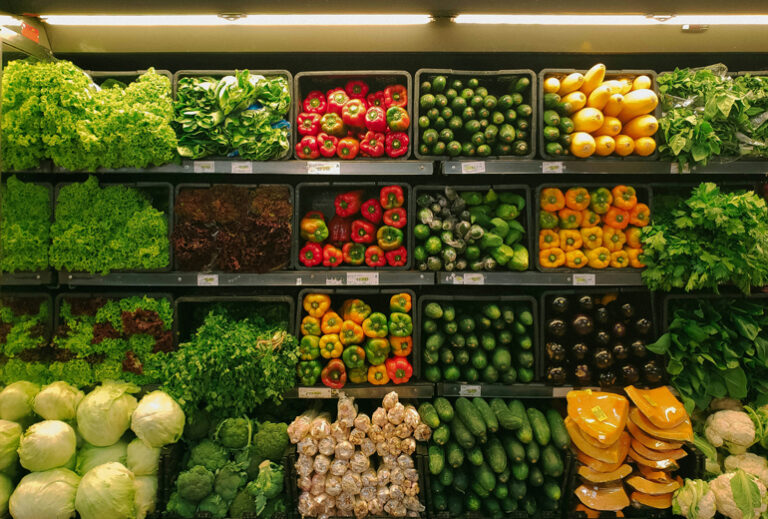
Dear GreenSmoothieGirl: Is organic food worth the extra cost for my health?
To put it simply, organic food is worth it.
Because they can’t use genetically modified ingredients, and they can’t use the most toxic of herbicides, such as Roundup.
However, you may want to know what they CAN put on our organic-certified food.
I went on a Google and AI journey, and I wanted to share what I found.
The video version is available here if you’d prefer to watch instead of reading.
How To Discover the Truth About Food Products and Supplements
You can do all this searching on your own to verify what I’m showing you here.
This is a great exercise to know, anyway, in finding the truth about your food, products, and supplements.
[Related: Why I Won’t Take 99% of Supplements Anymore]
Take five seconds to review each screenshot of my web search before moving on to the next section.
First, I asked Google what the standards are. As you use AI, push past anything vague with another Google search.
So, in this first screenshot, notice that they prohibit the use of “synthetic materials and genetic engineering.”
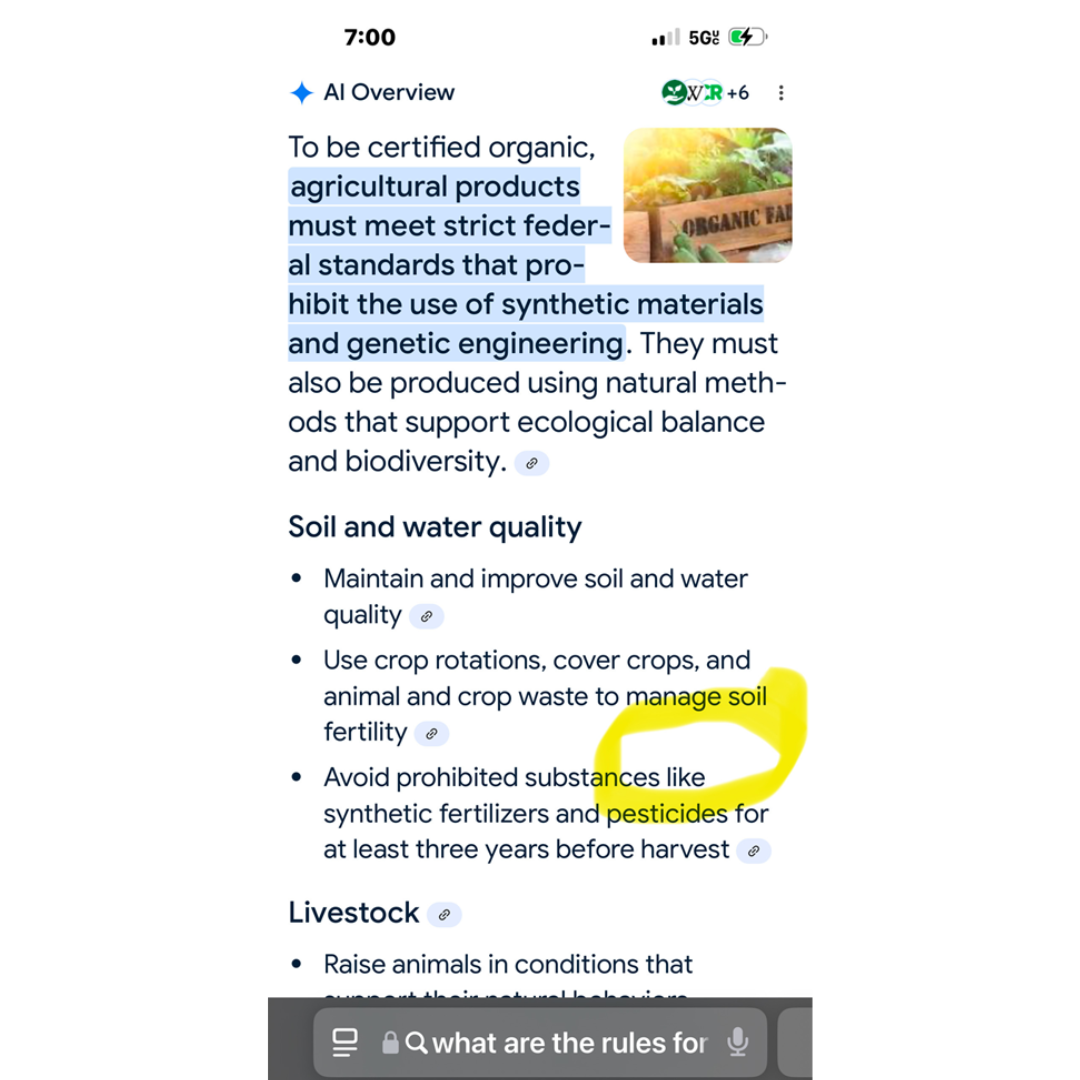
Good, we like that. But notice that they don’t say they ban ALL synthetic materials.
Since I knew they allow plenty of synthetic materials, even if not Roundup, I pushed past that with my next search.
We like this. They want livestock not to be fed growth hormones and antibiotics, and we don’t like preservatives.
But we still don’t know what these “prohibited substances” are. Banning “artificial flavors” is good, but “natural flavors” are not nearly as natural as you’d like to think.
They are generally made from GMO corn products and other unknown substances. (Good luck trying to find out what they are. But it’s pretty obvious corn doesn’t have a wide variety of flavors, right?)
[Related: What’s a GMO? And How To Never Eat a GMO Food Again]
As you can see here, Google doesn’t easily cough up what the “prohibited substances are.”
In this next screen, I learn that to get an organic certificate:
I have to apply, have an on-site inspection (I don’t know what they’re inspecting for); pay a certifying agency to review my application and inspection report; and receive a certificate from them.
This is less than helpful. I know the steps, but I still don’t see what they allow and disallow for our produce and ingredients in all the packaged food that most Americans eat.
Going Deeper: My Quest to Discover What Is Allowed on Our Organic Foods
So let’s go deeper.
Here are some things that ARE allowed to be applied to organically grown produce!
You see that “pyrethrins” are made from chrysanthemums, which makes sense, since any decent gardener puts marigolds, similar to chrysanthemums but smaller, in their garden here and there, as a natural insect repellent.
However, I searched around and found that pyrethroids are chemically synthesized products that are molecularly similar to the natural insect repellents found in marigolds and chrysanthemums, known as pyrethrins.
Anyway, I don’t want to overestimate your interest in researching all the chemicals allowed on organic produce, but let’s take one last example, sodium hypochlorite, and look up its toxicity.

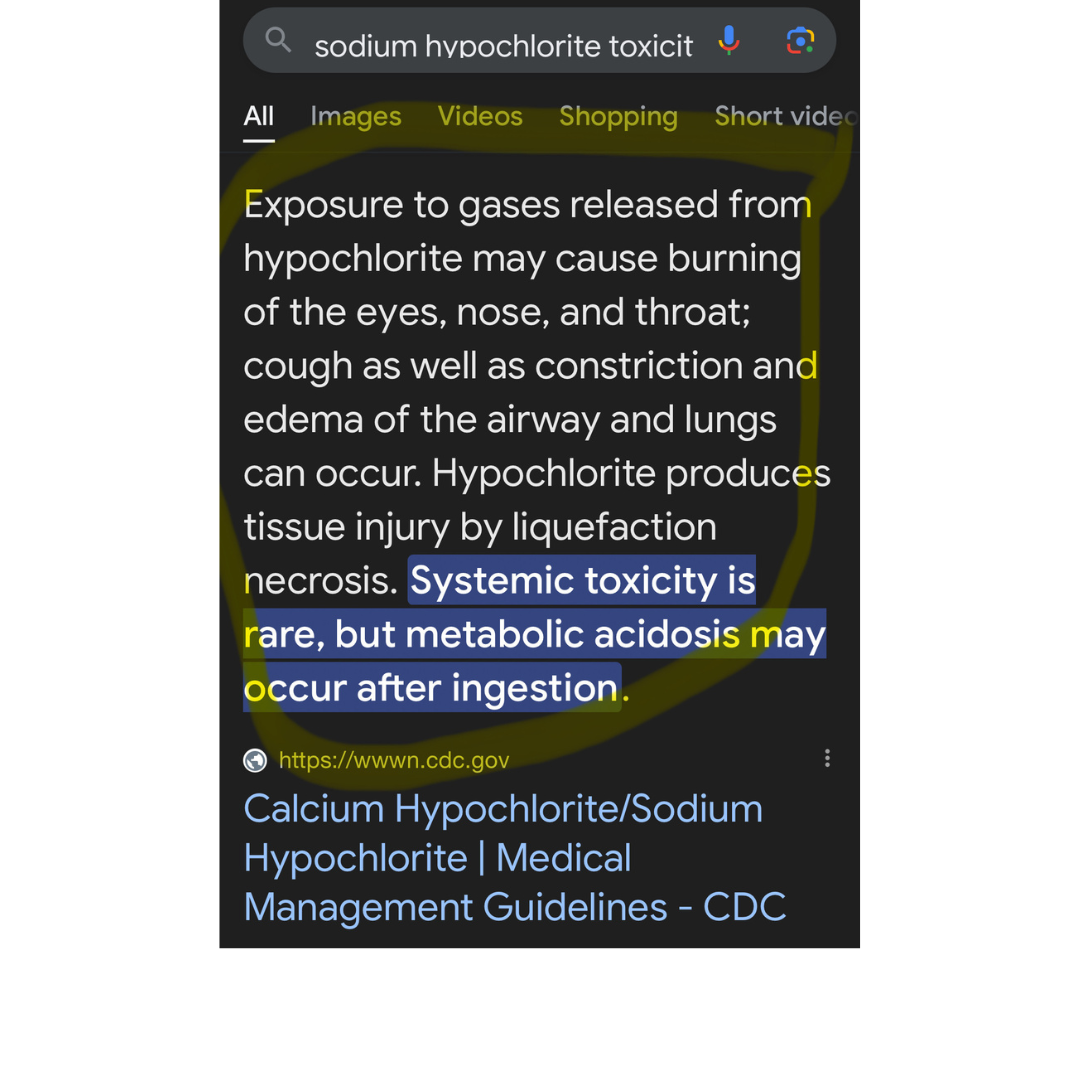
Even if you believe they are molecularly the same, and they don’t have to be, they can just be similar … there’s the problem with all the acids and solvents and reducing and “purifying” chemicals that are used, and some of it ends up in the product that you eat.
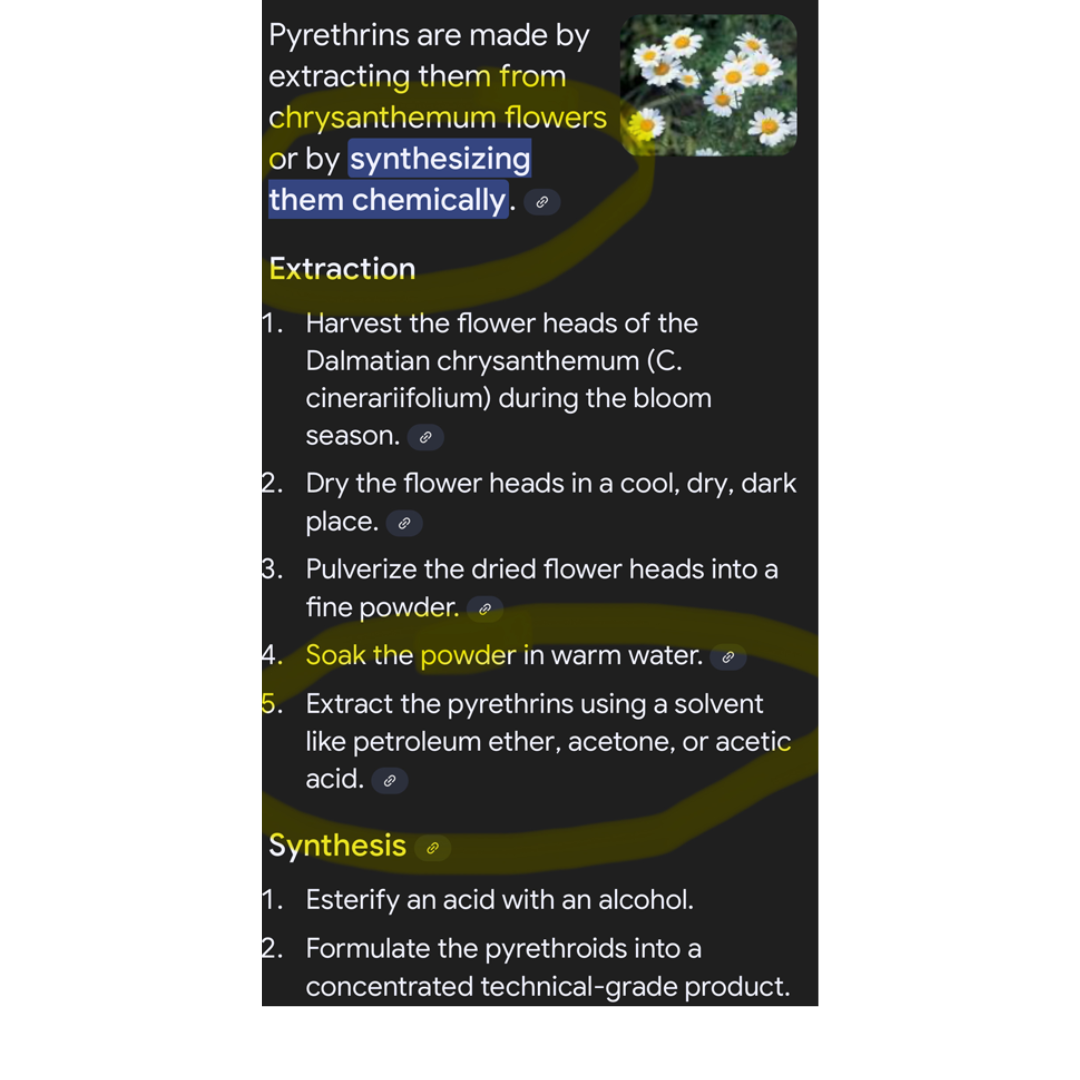

You can find information about the toxicity of the substances used in our food on the CDC's website. I looked there and clicked in to examine the known effects of pyrethroids on human health.
As you can see, the CDC is aware that these chemicals cause nervous system and brain damage to humans.
Causing confusion, headaches, dizziness, and impaired awareness. But, they don’t dare study humans, while animals show reproductive harm.
In Conclusion: Your Best Options for Better Health and Pleasure in Eating

I love my Tower Garden! You can grow greens and herbs inside, in your garage, or on your porch.
It’s not fun to discover that even our organic produce may be sprayed with chemicals we wouldn't want to eat or feed to our children. I don’t want to scare you so much as educate you.
And yes, certified organic is still better, worth the money, and also far from perfect.
To be certified organic, you aren’t limited to the old way of growing crops that involves just manure and decayed plant matter, which we call “compost.”
So, what to do? Animal products have far higher concentrations of the toxic chemicals sprayed on plants than plant foods. Not to mention that the vast majority of them are fed or injected with GMO foods, vaccines, steroids, hormones, and antibiotics.
So, eat the fruits, vegetables, greens, legumes, grains, nuts, and seeds God put on the Earth. People have been eating them successfully for thousands of years. Before, cancer went from 1 in 200 to 1 in 2, and autoimmune and neurological disorders went exponentially.
So, support organic whole foods by buying them and being one of the few who are willing to prepare their food. It will give you better health and some pleasure in making your family’s food. My 12 Steps to Whole Foods course gives you the simple steps and recipes I used to heal using healthy, whole foods.
And grow some of your own! You can grow greens and herbs inside, in your garage, or on your porch. Here’s my favorite way – for easy nutrition and being prepared.
Don’t Forget Green Smoothies!
Green smoothies are an excellent way to incorporate a variety of foods into your diet, containing dozens of compounds that help your body detoxify and support good health.
People always ask me if I sell green smoothies for a living. Actually, I’ve never sold a green smoothie in my life, because it’s something you need to make in your kitchen.
Some year-old (by the time you eat it) powdered greens product doesn’t come anywhere close, nutritionally. So I don’t sell that, either! Those green powders are made from the throwaway parts of the greens that don’t get sold in grocery stores or used in restaurants.
Grow truly organically in a garden if you have a yard. Grow in buckets, boxes, or even bags on a sunny porch if you don’t have a yard and live in an apartment or condo! And wash the produce before eating it.
Read Next:

Disclosure: This post may contain affiliate links that help support the GSG mission without costing you extra. I recommend only companies and products that I use myself.
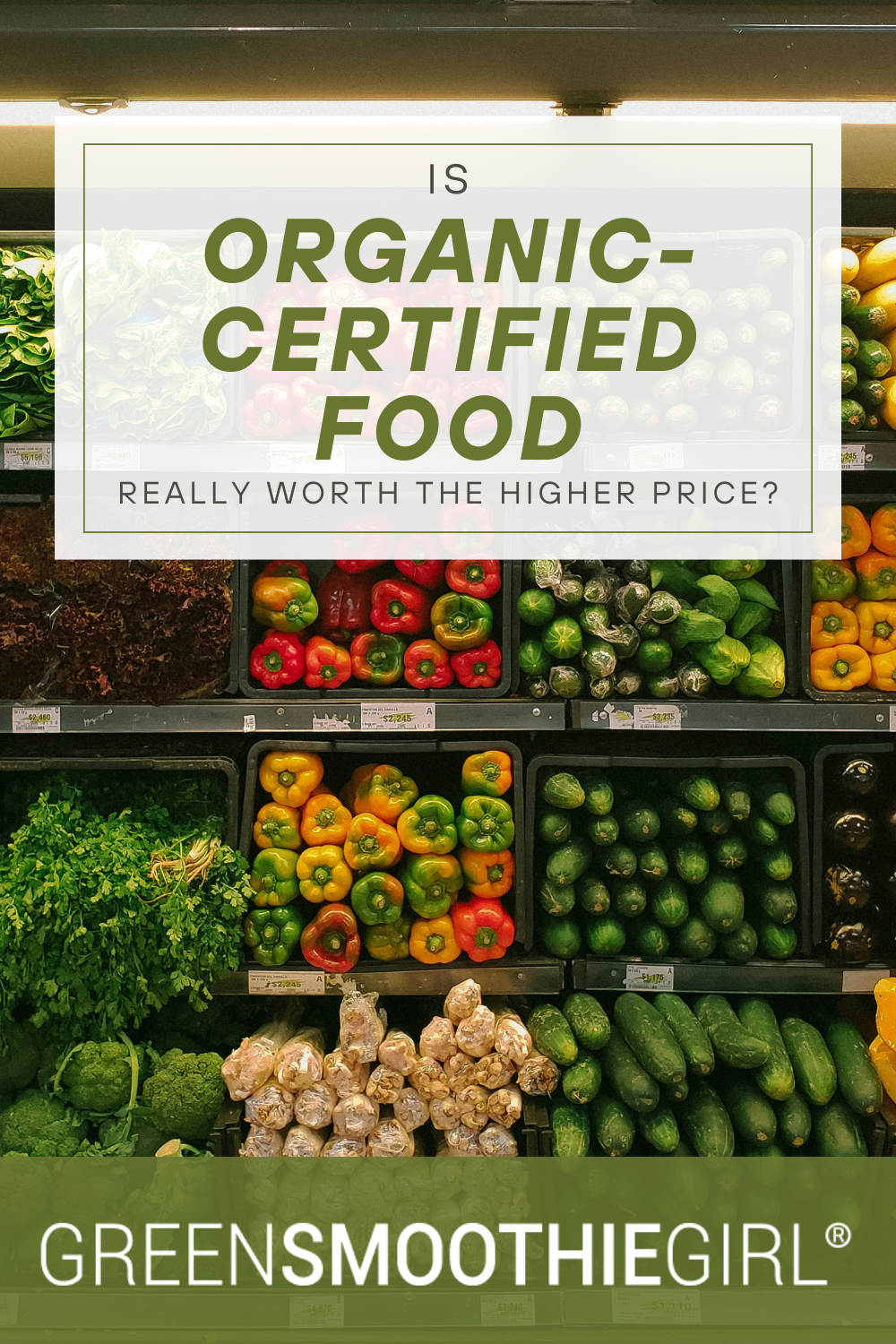
Posted in: Detox, High-Vibe Living, Lifestyle, Whole Food



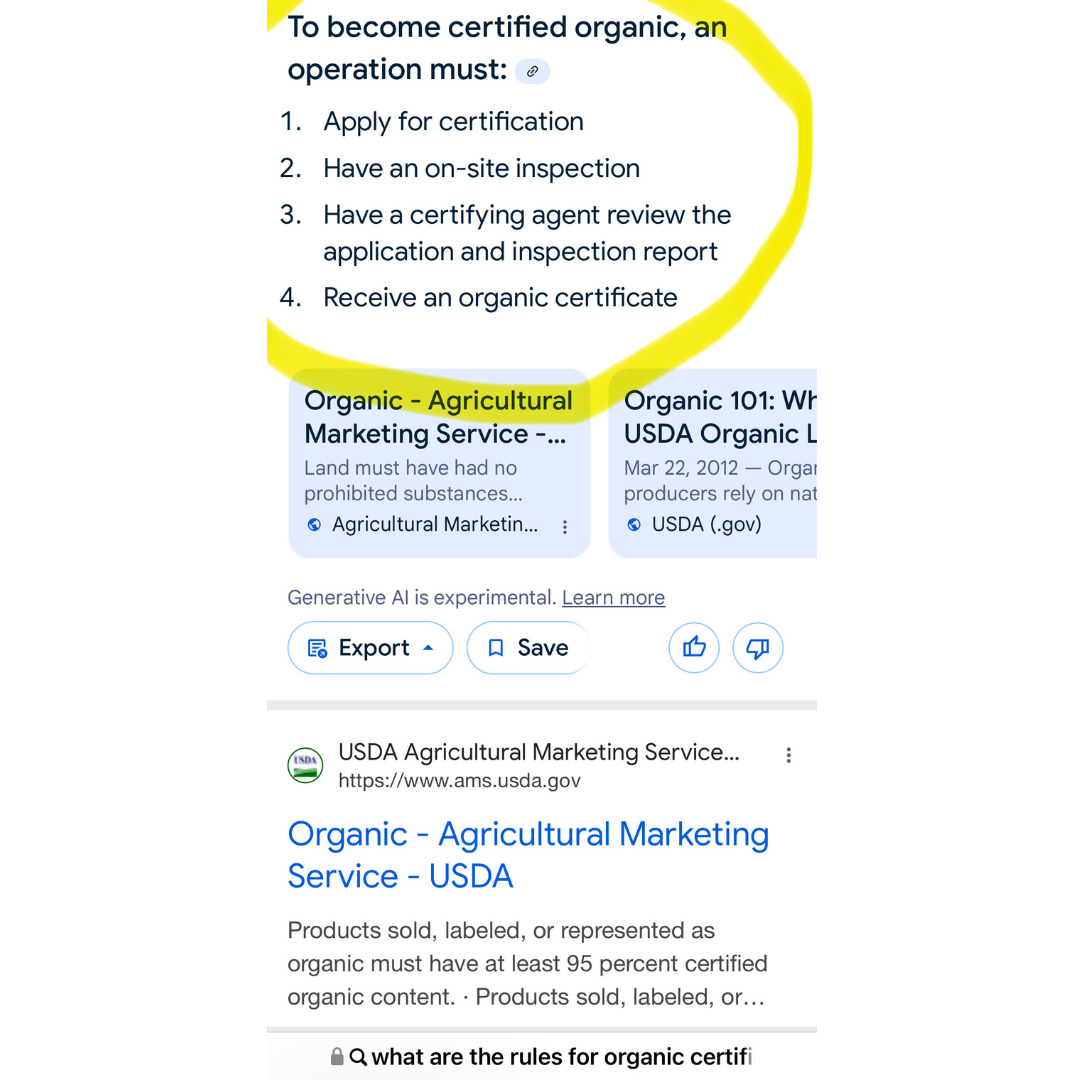

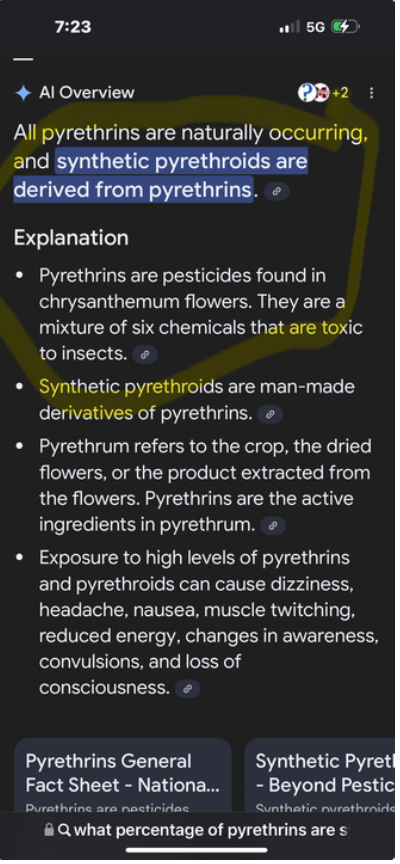
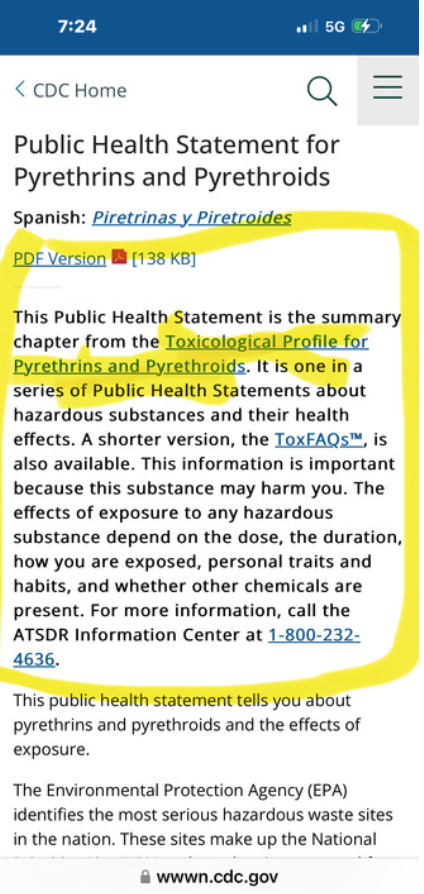






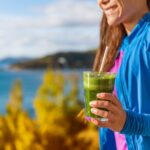


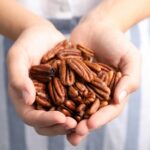



No comments found, but you can be our first!